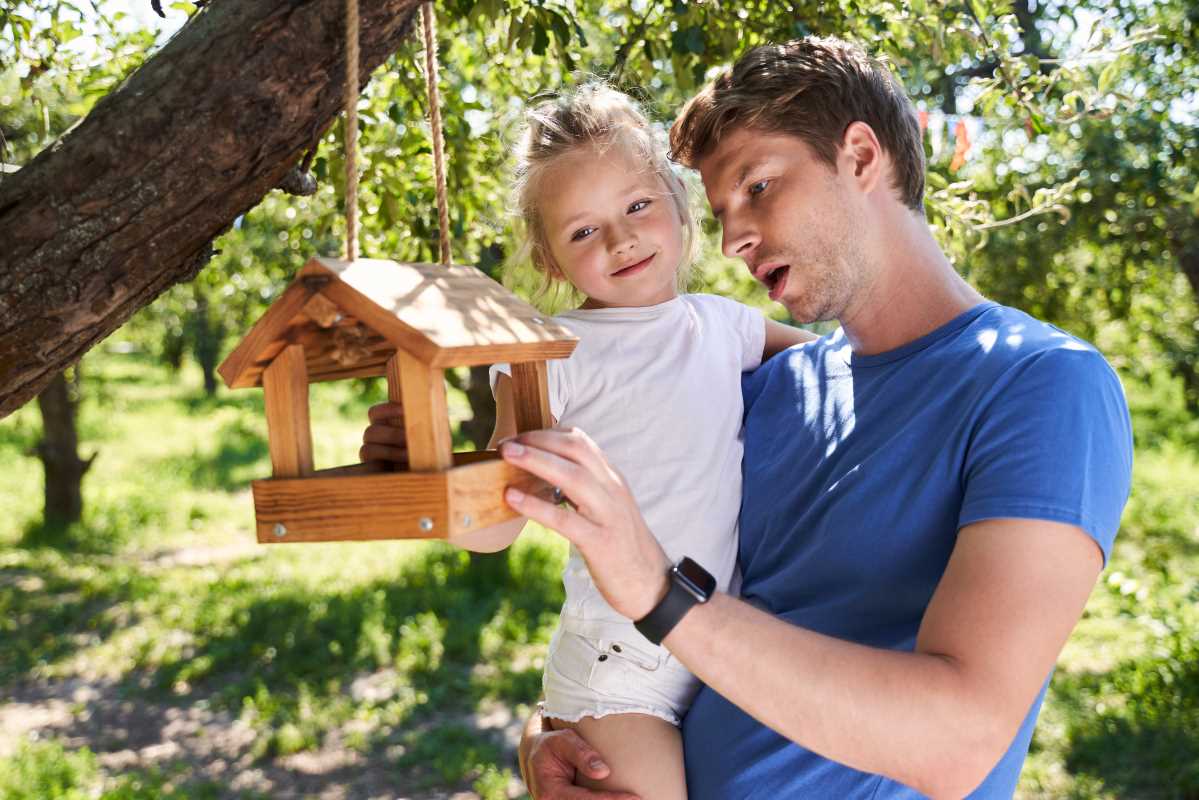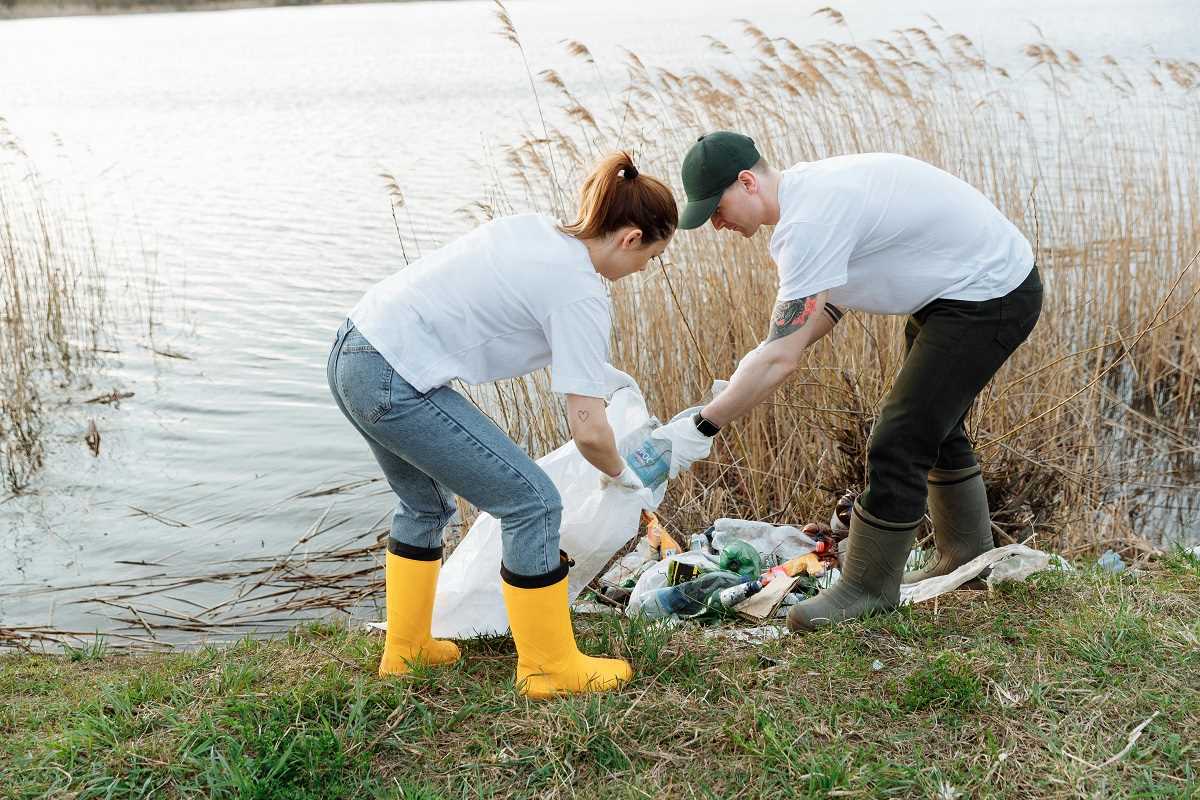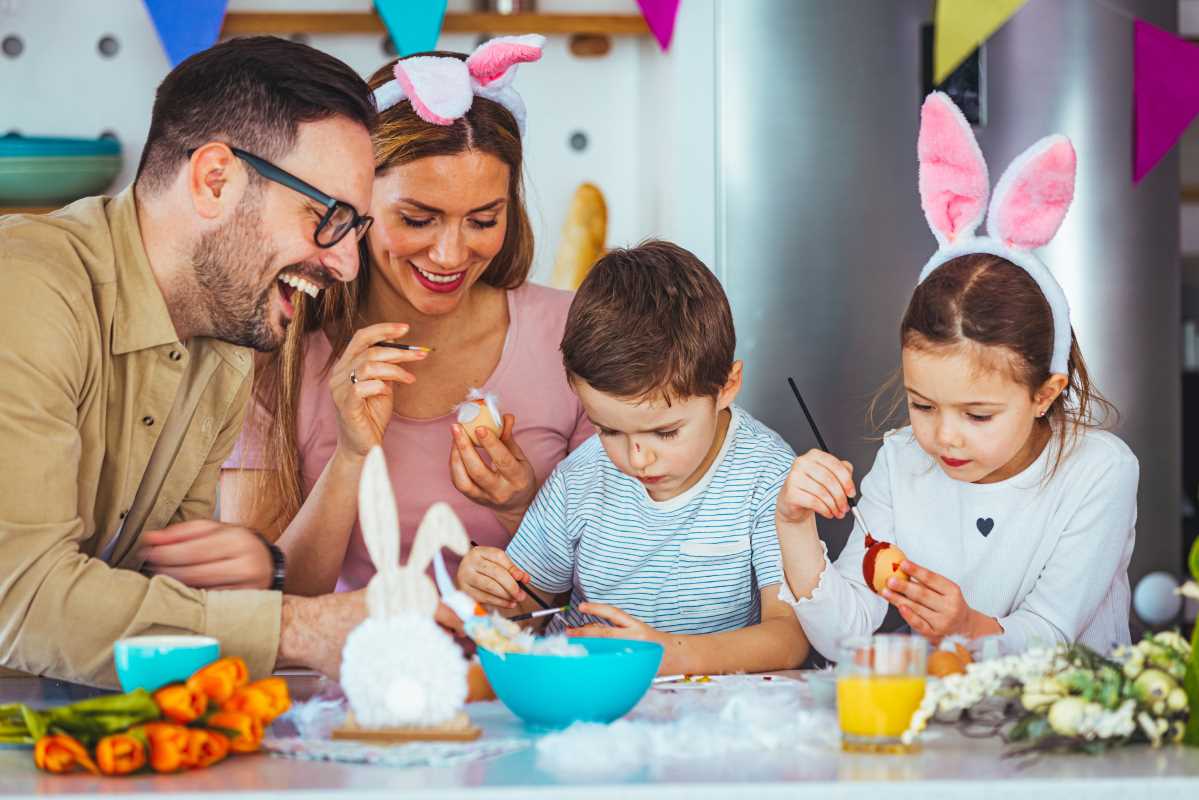The concept of family has beautifully evolved, moving far beyond traditional definitions to embrace a rich tapestry of structures and connections. In this ever-changing landscape, open adoption stands out as a path that honors these modern dynamics, creating extended networks of love and support. For non-traditional families, whether you're a same-sex couple, a single parent by choice, or part of a polyamorous household, understanding the nuances of ethical open-adoption planning is key to building a strong, healthy, and transparent family from the very beginning.
What Does "Open Adoption" Really Mean?
Let's clear up some common misconceptions right away. Open adoption isn't about co-parenting or shared custody. At its core, open adoption is an arrangement where the adoptive family and the birth parents maintain some level of contact after the adoption is finalized. The adoptive parents have all legal rights and responsibilities for the child, just as in any other adoption. The "openness" refers to the communication and relationship that exists between the families.
This can look different for everyone. There is no one-size-fits-all model. The spectrum of openness can range from:
- Semi-Open: Communication is mediated through the adoption agency or a third party. This might involve exchanging letters, photos, and updates without sharing identifying information like last names or addresses.
- Fully Open: This involves direct contact between the birth family and the adoptive family. It can include sharing contact information, texting, video calls, and even in-person visits. The frequency and nature of this contact are agreed upon by everyone involved.
The goal is to create a relationship built on mutual respect and a shared love for the child. It's about recognizing that a child's story doesn't begin on adoption day; it begins with their birth family, and honoring that connection can be profoundly beneficial for everyone.
The "Ethical" in Ethical Open Adoption
Adding the word "ethical" to open adoption planning is crucial. It shifts the focus from a transaction to a relationship-building process centered on honesty, compassion, and the well-being of every person involved—the child, the birth parents, and the adoptive parents.
Ethical adoption planning means:
- Prioritizing Birth Parent Autonomy: The decision to place a child for adoption belongs solely to the birth parent(s). An ethical process ensures they are never pressured, coerced, or manipulated. They should have access to their own independent legal counsel and options counseling, which helps them explore all possibilities, including parenting. This support should be available to them before, during, and long after the decision is made, without any financial obligation to the prospective adoptive parents.
- Transparency and Honesty: All parties should be upfront about their hopes, expectations, and boundaries for post-adoption contact. This isn't the time for making promises you can't or won't keep just to facilitate a match. It's about building a foundation of trust. For adoptive parents, this means being honest about what level of openness you are comfortable with. For birth parents, it means being clear about what kind of relationship they envision.
- Child-Centered Focus: Every decision made should answer the question: "What is in the best interest of the child?" Research consistently shows that children in open adoptions benefit from knowing their story. They have fewer questions about their identity, a more positive sense of self, and access to their genetic and medical history. An ethical approach ensures the child's needs are always the top priority.
- Respect for All Family Structures: An ethical framework recognizes that families come in all shapes and sizes. It ensures that non-traditional families are not just tolerated but celebrated. Adoption professionals should be affirming and knowledgeable about the unique strengths and potential challenges faced by LGBTQ+ couples, single parents, and other modern family configurations. There should be no room for discrimination in this process.
Open Adoption and the Modern Family
For non-traditional families, the principles of open adoption often align perfectly with the values of inclusivity, chosen family, and authenticity that may already be central to your lives.
Think about it: many non-traditional families are already experts at navigating complex relationships and creating supportive networks. You may have built a "chosen family" of friends who are as close as relatives. You've likely had to explain your family structure to others and advocate for yourselves. These skills are incredibly valuable in an open adoption.
Open adoption allows you to extend this concept of a chosen, expanded family. It's not about replacing one set of parents with another; it's about adding more people to a child's circle of love and support. Your child can grow up knowing not just their adoptive parents but also the people who gave them life. This can create a powerful and affirming narrative for them.
For a child being adopted by a same-sex couple, for example, having an open relationship with their birth mother and/or birth father can provide connections to different gender role models. For a single adoptive parent, the birth family can become an extension of their support system. The possibilities for creating a unique and loving family network are endless.
Navigating the Practicalities: The Post-Adoption Contact Agreement
To ensure everyone is on the same page, many open adoptions involve creating a Post-Adoption Contact Agreement (PACA). This is a written document that outlines the expectations for communication and contact after the adoption is finalized.
A PACA might specify things like:
- The frequency of photo and letter exchanges.
- The number of planned visits per year.
- How communication will happen (e.g., email, a private social media group, text messages).
- Who will be included in the contact (e.g., just the birth mother, or also grandparents and siblings).
While a PACA provides a great starting point, it's important to remember that relationships evolve. What works when a child is an infant may need to be adjusted as they grow into a toddler, a child, and a teenager. The key is to maintain open and honest communication. Think of the PACA not as a rigid contract but as a living document and a promise to always work together respectfully for the sake of the child. It's worth noting that the legal enforceability of these agreements varies by state, so it’s important to discuss this with your adoption attorney.
Building a Family on Trust and Love
Embarking on an open adoption journey is a profound act of love and trust. It requires vulnerability, courage, and a commitment to putting a child's needs first. For non-traditional families, it offers a path to parenthood that honors complexity, celebrates connection, and redefines what it means to be a family in the 21st century.
By focusing on an ethical, child-centered approach, you can build a family that is not defined by secrets or missing pieces, but by an abundance of love, honesty, and a rich, multi-layered story. You have the opportunity to create a beautiful, expanded family network that will support and cherish your child for a lifetime.







